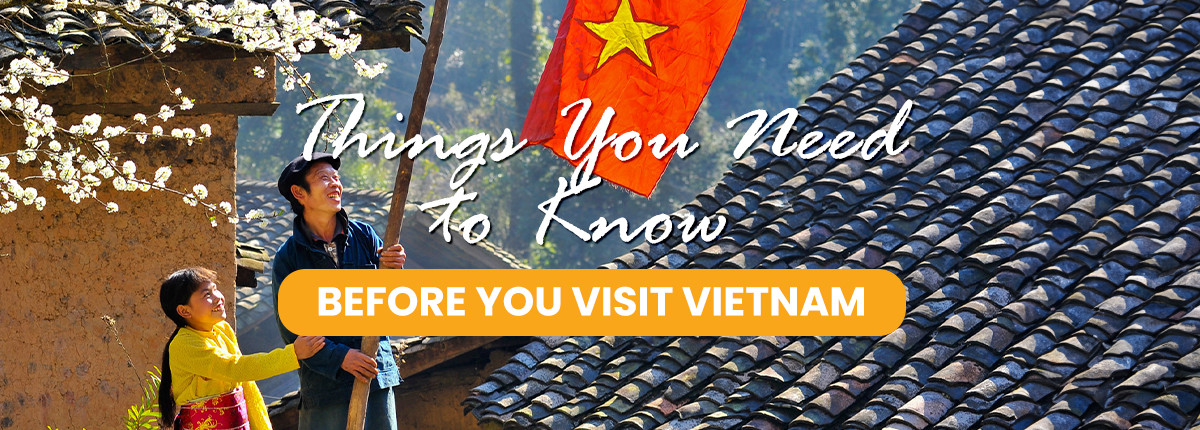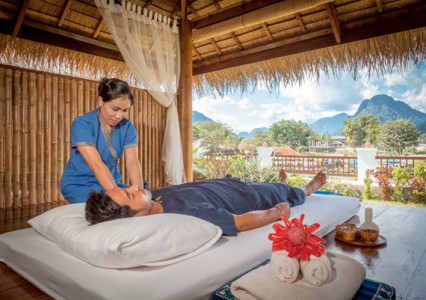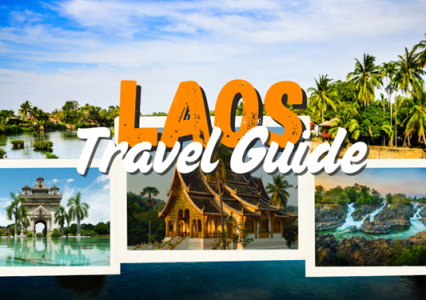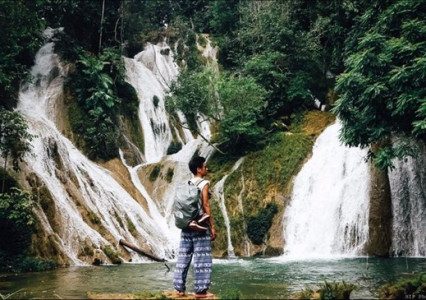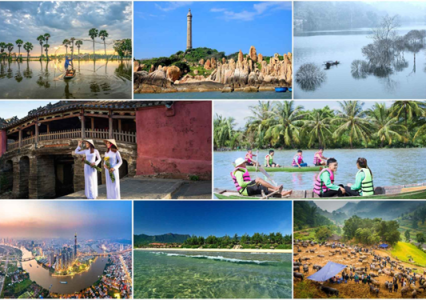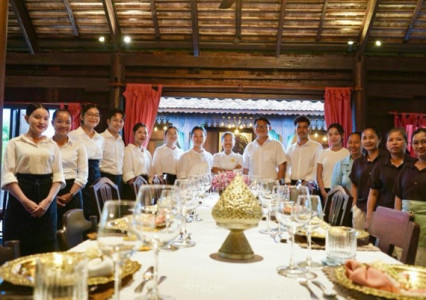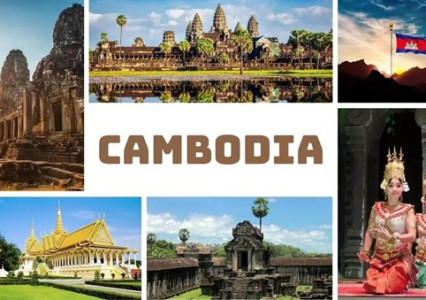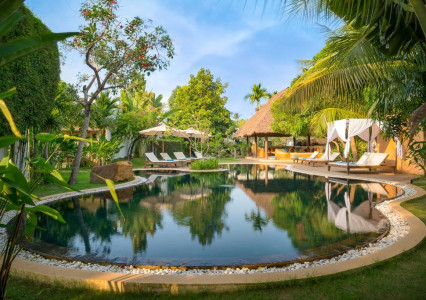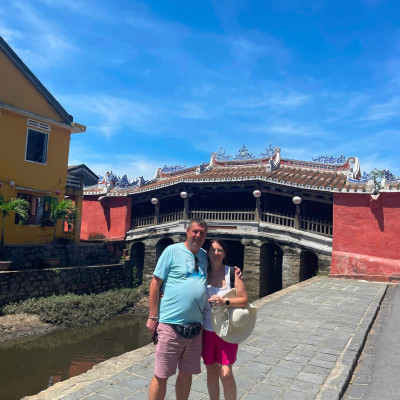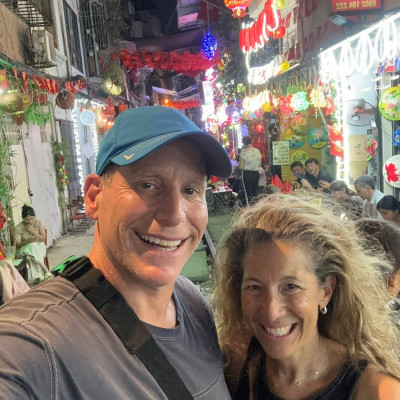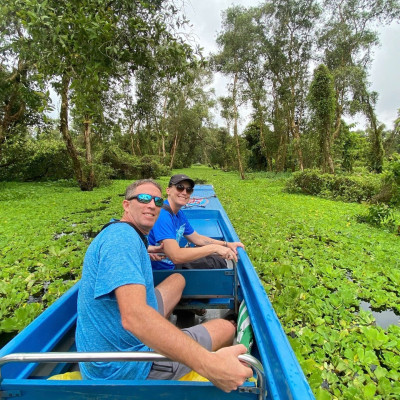Things You Need to Know Before You Visit Vietnam

Local Currency VND
The Vietnamese Dong (VND) is the official currency in Vietnam. For the most accurate and up-to-date exchange rates, be sure to check online before your trip. When handling cash, always double-check the denomination of the bills you're paying with, as some notes—particularly the 500,000 VND and 20,000 VND bills—can look quite similar in color. It's a good idea to carry smaller bills and change to make transactions smoother and avoid any confusion.
Banking
The majority of banks in Vietnam will be open from Monday to Friday during the hours of 8.30 A.M to 11 A.M and 1 P.M to 4 P.M. Between the hours of 11-1, the banks are closed for lunch. During the weekend and public holidays, jewelry stores or the hotel receptions are available for money exchange at similar rates. There are many ATM’s available in most of the tourist areas and most of hotel or restaurants accept credit cards.
Please note, American Express credit cards are not popularly accepted. Master and Visa Cards may are more widely acceptable, though often there are 3% surcharge in additional to the cash price.
Type of Electric Plugs
In Vietnam, the standard voltage is 220V, and the frequency is 50Hz. The country uses Type A, Type C, and Type D electrical plugs. Here’s a breakdown:
- Type A: Two flat parallel pins (commonly used in North America).
- Type C: Two round pins (widely used in Europe).
- Type D: Three round pins in a triangular pattern (mainly used in India and some parts of Africa).
If your devices use a different plug type, you will need a plug adapter. It's also a good idea to check if your devices can support the 220V voltage to avoid any issues with electrical compatibility.
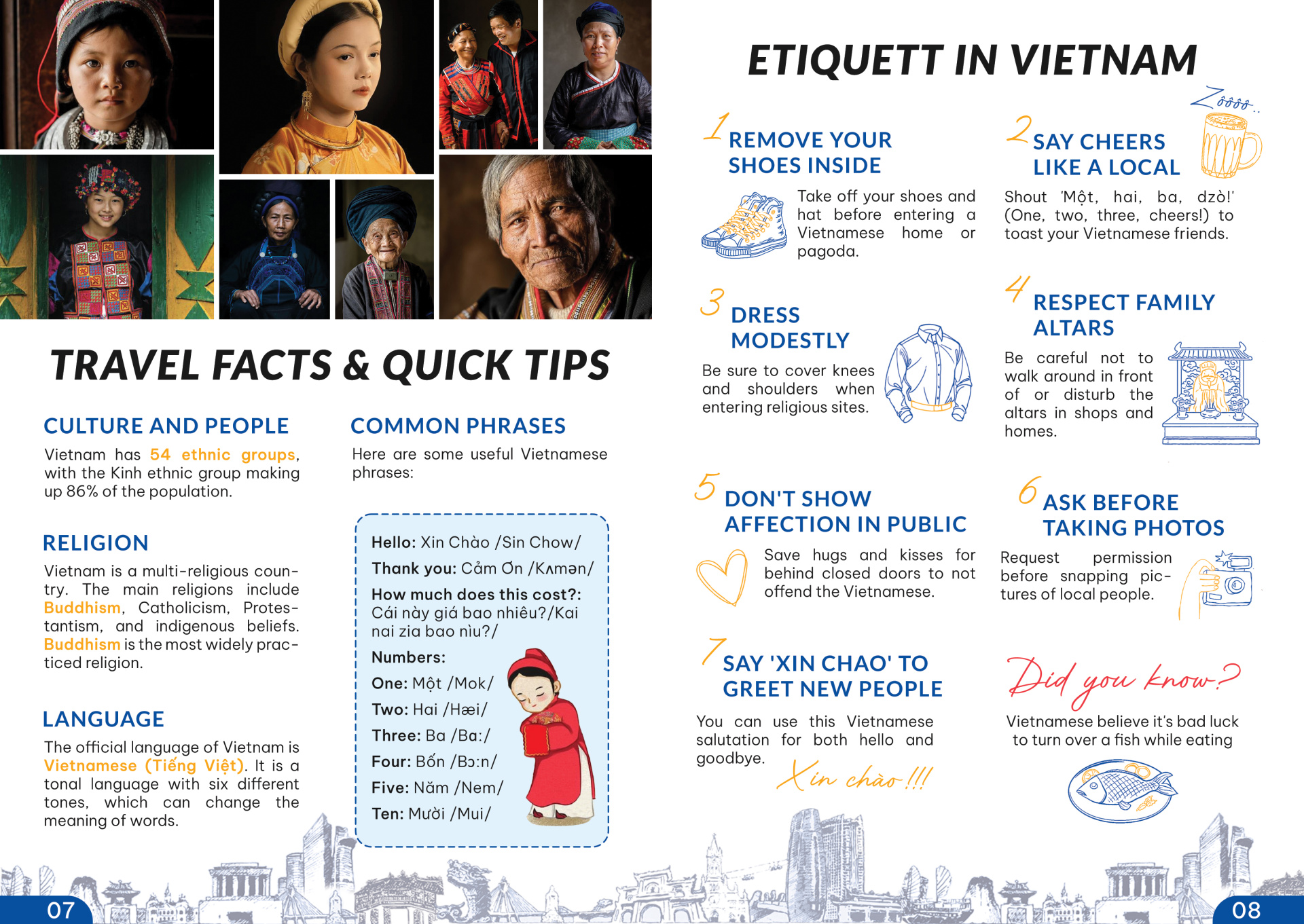
Avoid Drinking Tap Water
One essential rule to remember before visiting Vietnam is that tap water is not safe to drink. This is a common guideline for most Southeast Asian countries. Always opt for bottled water or boil your water before consuming it to stay safe and hydrated.
Book in Advance for Tet and Peak Holiday Seasons
While booking transport, accommodation, and tours in advance isn't always necessary, it’s a smart way to avoid disappointment, especially during busy times like July and August along the central coast. If you're traveling during Tet (Lunar New Year), which typically falls in late January or early February, securing your transport and accommodation before arriving is highly recommended.
Pro tip: Whenever possible, book directly with operators. Going through a third party often means higher costs, and some travelers have experienced issues with services and standards not meeting expectations when booking through agencies.
Wifi is Widely Available
Unlike some of its neighboring countries, wifi in Vietnam is both convenient and widely accessible, from bustling cities to even small rural towns. Most businesses offer free wifi, and many private travel vehicles, including cars and vans, also provide complimentary wifi for passengers.
Prepare for a Range of Climates
One of the most important factors to consider when planning your trip to Vietnam is the weather. The southern part of the country is tropical and humid, while the climate becomes more temperate as you head north. In areas like the highlands around Sapa, it can get quite chilly, especially in the winter. If you're visiting both the southern and northern regions, make sure to pack for both the warm, steamy Mekong Delta and the cooler temperatures of the highlands.
Storm in vietnam
Vietnam is susceptible to periodic typhoons between May and November, with the highest risk occurring from August to September. If you’re traveling during typhoon season, it’s crucial to stay informed by regularly checking local weather reports. If a major storm is forecasted to hit the coast, consider heading inland for safety. In case of flooding or other emergencies, reach out to your embassy or consulate and always follow guidance from local authorities.
Factor in Sleeper Buses and Trains
While domestic flights in Vietnam are affordable, there are more eco-friendly ways to travel across this long and narrow country. When planning long journeys, consider taking overnight buses or trains. Not only will you save on accommodation costs, but you’ll also cover significant distances without cutting into your sightseeing time. For a more comfortable sleep, book a fully horizontal berth, available on both buses and trains.
Learn to use chopsticks
Chopstick etiquette in Vietnam comes with a few important taboos. For example, never leave your chopsticks sticking upright in a bowl of food, as this resembles incense offerings made for the deceased and is considered unlucky. Similarly, tapping your bowl with your chopsticks is frowned upon, as it's linked to beggars asking for alms. If you're dining with others, always use a clean set of chopsticks (or the reverse ends of your own) to pass food to someone else.
Tipping Etiquette in Vietnam
Tipping is common in hotels and luxury restaurants, but it’s not expected at street food stalls or small local eateries, where most locals don’t tip. If you're happy with the service and food, it's polite to leave any small change or a tip as a token of appreciation.
Traffic in Major Cities is Organized Chaos
Traffic in Hanoi and Ho Chi Minh City can be overwhelming, to say the least. Cars and motorbikes weave in all directions, completely ignoring traffic signals and rules—because, frankly, they don’t seem to exist. Crossing the street feels like a real-life game of Frogger, so stay alert and keep moving. Despite the madness, it's fascinating to watch how people navigate the streets with surprisingly few accidents. Sit back, relax, and enjoy the chaotic charm of the city!
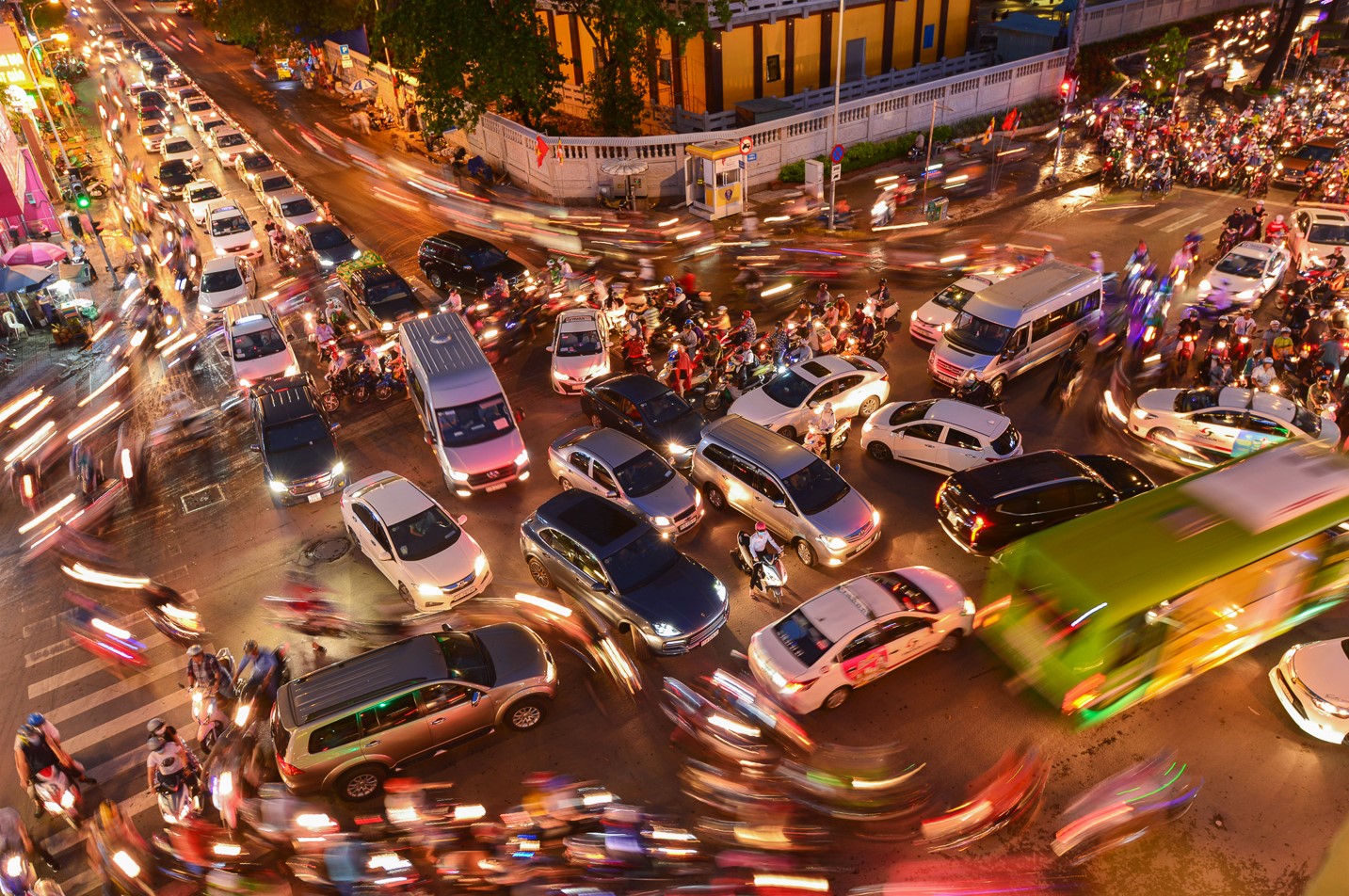
Respect culture and religion
When visiting temples, churches, and other religious sites, whether Buddhist, Hindu, Confucian, or Taoist, it’s important to dress respectfully. Cover your legs and upper arms, and be prepared to remove your shoes and hat before entering. In Buddhist culture, avoid touching anyone on the head and never point the soles of your feet at people or statues, as these are considered signs of disrespect.
Internet Access in Vietnam
In the past, Vietnam had a firewall that blocked access to certain websites, but that is no longer the case. The internet is now fast, reliable, and widely available. Most hotels, restaurants, and businesses offer free Wi-Fi—just ask for the password and stay connected with friends and family while you travel! Popular services like Google (including Gmail, Google Maps, YouTube) and Facebook are widely accessible, and Twitter isn’t blocked either.
Try the Local Beer
Vietnam's local beers are both delicious and incredibly affordable. Each region has its own unique brew, and they’re typically much cheaper than imported beers. A must-try is Bia Hoi (fresh beer), available at street-side cafés in Hanoi. Here, people sit on tiny plastic chairs, sip beer, and watch the lively traffic. While it may seem strange to some foreigners, it’s a quintessential part of Hanoi—and Vietnam’s—charm. Embrace the experience and enjoy the atmosphere!
When toasting, join in with a cheerful “Mot, Hai Ba, Zo” (which means "One, Two, Three, Cheers").
Bargain Fairly
Haggling is part of the experience in Vietnam, especially at markets and souvenir shops. You might be quoted a higher price than necessary, but remember that bargaining is expected. Approach it as a fun back-and-forth rather than a confrontation—start by offering a lower price than what’s suggested and see how the seller reacts. With a little negotiation, you’ll usually settle on a fair price. If you can’t agree, simply thank them and move on to another vendor. It’s not worth getting worked up over small differences in price—if you end up paying an extra 5,000 VND (about US$0.20), it's likely not a big deal.
Eat Like a Local
Food is almost a religion in Vietnam, and meals are a time for the whole family to gather and share. Instead of ordering one main dish, go for a variety of dishes to enjoy a wide range of flavors and textures. This communal style of eating is central to the Vietnamese dining experience. If you need a snack between meals, street food is available at almost every corner. For a quick pick-me-up, try a sinh tố (fruit smoothie) or a cup of ca phe (local drip-brewed coffee).
Keep Public Displays of Affection Minimal
Public displays of affection are not widely accepted in Vietnamese culture, regardless of sexual orientation. Kissing, hugging, or even holding hands in public may attract unwanted attention, so it’s best to keep romantic gestures to a minimum while in the country. On a positive note, despite some legal challenges, LGBTIQ+ couples generally face few issues in Vietnam, and both Hanoi and Ho Chi Minh City have vibrant, welcoming communities.

Other Articles
YOU MAY ALSO LIKE

23 DAYS - Private Vietnam 23 Days 22 Nights - Major of VietNam Trip

19 DAYS - Private Vietnam 19 Days 18 Nights - Explore Vietnam

38 DAYS - Private Vietnam- Laos- Cambodia- Thailand 38 Days 37 Nights - Indochina Odyssey
Speak to Your Local Travel Expert





